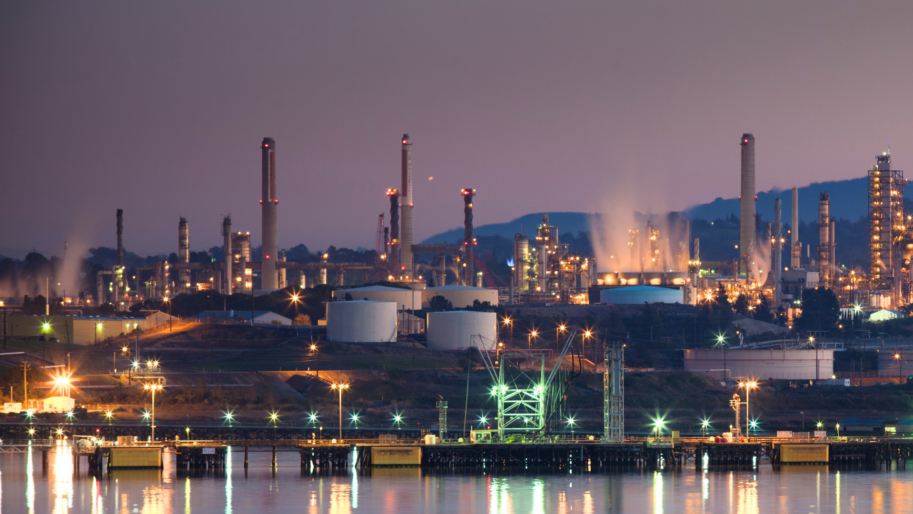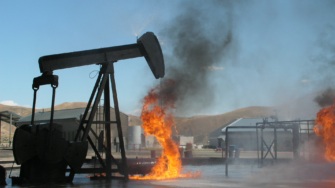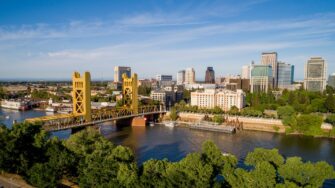Cap and Trade
Reforming Cap and Trade to reduce climate pollution and invest in solutions

How California’s Cap and Trade Program Works
California’s Cap and Trade program is a market-based system intended to reduce climate pollution and generate funds to invest in climate solutions. The program sets a limit (or “cap”) on the total amount of greenhouse gas emissions allowed within the state, then allows companies to buy and sell permits (called “allowances”) to emit a specified amount of climate pollution. The program’s rules apply to oil and gas companies, major utilities, and other large polluters operating in California.
The Greenhouse Gas Reduction Fund
Some of the revenue generated by the Cap and Trade program goes to utilities, which in turn provide rebates to ratepayers. The rest flows into the Greenhouse Gas Reduction Fund (GGRF), which supports clean energy projects and other climate investments. The state legislature and the governor appropriate money from the GGRF to state agencies for those projects.
Program Review
State policymakers are currently reviewing California’s Cap and Trade program, opening a critical window of opportunity to correct the program’s shortcomings.
The oil and gas industry, which is subject to regulation under Cap and Trade, has pushed hard against reforms that would more aggressively reduce climate pollution in California. The program’s review comes at a time when the oil and gas industry enjoys massive profits and California taxpayers are on the hook for the enormous cost of fossil-fueled climate disasters across the state. Frontline communities most impacted by oil and gas pollution continue to advocate for more equitable rules for Cap and Trade that don’t render their neighborhoods sacrifice zones in a fossil fuel-based economy.
Key Challenges for California’s Cap and Trade Program
Free Allowances to Pollute
As it’s currently structured, California’s Cap and Trade program gives polluters far too much license to continue polluting. Oil and gas corporations receive an estimated $1 billion in giveaways through Cap and Trade every year through “free allowances.” These allowances perpetuate toxic pollution in frontline communities and deprive the state of revenue that could be invested in climate solutions.
Carbon Offsets
The program allows polluting corporations to use carbon “offsets” that allow them to pollute in exchange for offsetting their emissions elsewhere. For example, corporations can claim forest conservation projects outside of California as offsets for pollution emitted from fossil fuel power plants within the state.
Recent studies show that forest offsets in the program are frequently earning far more credits for emissions reductions than they actually deliver. These offsets leave frontline communities in California to cope with ongoing toxic fossil fuel pollution, exposing them to dangerous air pollution proven to cause cancer, birth defects, and other harms.
Recommended Solutions
California must stop subsidizing carbon pollution through free allowances and carbon offsets in the Cap and Trade program. However, if the state eliminates free allowances and offsets for fossil fuel companies, those companies will likely attempt to pass their costs on to consumers rather than to their shareholders. That’s why the state should use revenues from the program to provide rebates to help low and middle-income Californians with the rising costs of energy.
Those funds can also support activities that reduce emissions, such as programs that help cover the cost of installing electric vehicle chargers and electric appliances.


